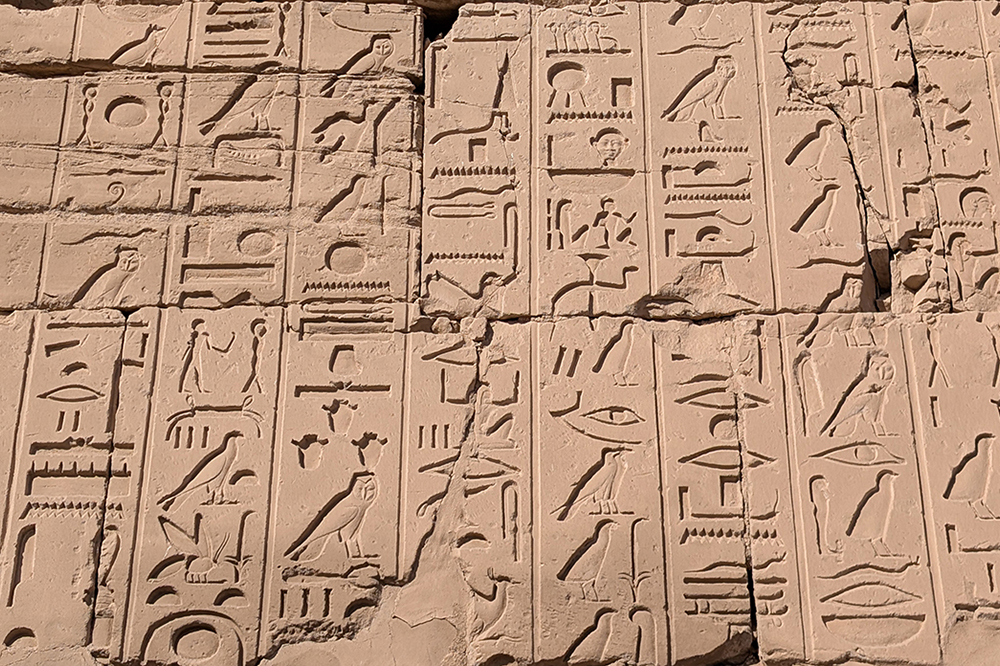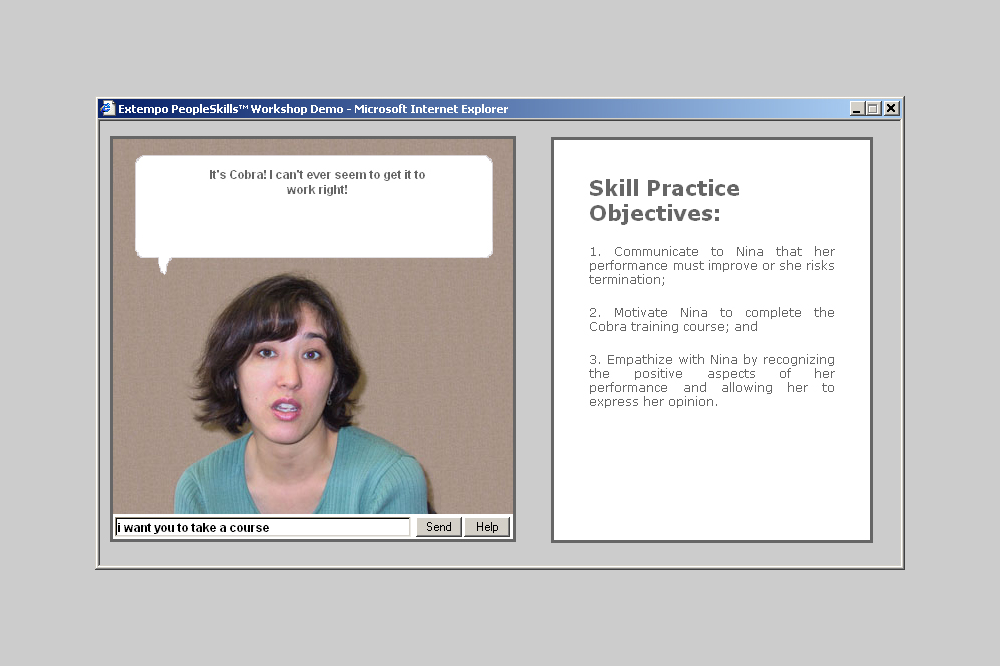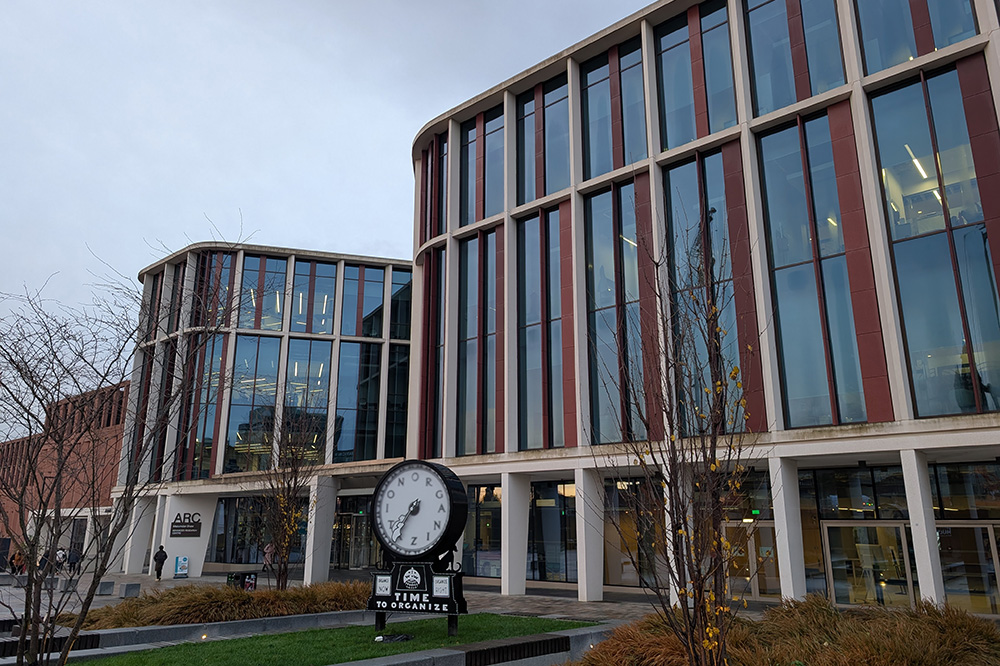Cleop@tr@ was invented by Prof. Dr. Oliver Bendel in May 2024. It is a GPT that specializes in Egyptian. It is also familiar with the culture and history of ancient Egypt. Since 2012, the technology philosopher and information systems specialist has been building chatbots and voice assistants – partly with his students and partly on his own. These have been discussed by the media and found interesting by NASA. Under his supervision, Karim N’diaye developed the chatbot @ve for Latin, Dalil Jabou the voice-enhanced chatbot @llegra for Vallader, and Nicolas Lluis Araya the voice-enhanced chatbot kAIxo for Basque. For some time now, he has been testing the reach of GPTs for endangered languages such as Irish, Maori, and Basque. He is also investigating the potential for extinct languages such as Egyptian (Cleop@tr@) and Akkadian (H@mmur@pi). The GPTs do not readily communicate in hieroglyphics and cuneiform, but they can certainly represent and explain signs of visual languages. It is even possible to enter entire sentences and then ask how they can be improved or what they mean. In December 2024, Oliver Bendel tested his Cleop@tr@ in the Karnak Temple in Luxor. She was able to provide coherent explanations and translations for several inscriptions on columns and walls. However, further tests also revealed clear errors. Ultimately, Egyptologists will have to assess how reliable it is.
Role Player Nina
Around the turn of the millennium, there were already numerous pedagogical agents, i.e., chatbots, voice assistants, and early social robots in learning environments. Names such as Virtual Learning Companions (VLCs) were also commonly used for the purely virtual versions. One of the companies that was ahead of its time was Extempo Systems, Inc. based in Redwood City, California. The company had evolved out of the Stanford Engineering School and designed and developed commercial agents for entertainment, business, and education: “Extempo makes e-learning products that help corporate employees perfect their people skills. The company’s approach allows every learner to achieve mastery of the people skills they need for effective management, teamwork, sales, customer service, and other critical business functions. Extempo’s products give learners authentic practice in a variety of job-specific conversational role-plays, along with expert individualized coaching throughout the learning process.” (Extempo Systems) One example was the virtual Nina, with whom you could communicate and who you were supposed to motivate to behave in a certain way. It wasn’t just the functionality that was impressive at the time, but also the design of the characters.
A Truck Tire for the Police
China’s latest crime-fighting innovation is RT-G, an AI-powered spherical police robot that not only stops crime, but somehow detects it. “Developed by a Shenzhen-based robotics company Logon Technology, the bot robocops are engineered to assist law enforcement in high-risk situations and, eventually, replace human officers in the line of fire.” (Firstpost.com, 12 December 2024) This was reported by the Indian platform Firstpost.com under the title “Meet RT-G, ‘spherical’ robot that is helping China to tackle crime”. According to The Sun, the spherical robot can operate on both land and water, and is able to withstand rough terrain and mud with ease. In some pictures, the robot looks as futuristic and attractive as BB-8’s body, in others like the clumsy tire of a truck or a bus. Whether such a model will be widely accepted by the population is questionable. But perhaps that’s not the point. Like Spot, RT-G is perhaps intended to create uncertainty. Something like this is more likely to harm robotics.
Award for ACI Paper
“The Animal Whisperer Project” by Oliver Bendel (FHNW School of Business) and Nick Zbinden (FHNW School of Business) won the Honourable Mention Short Paper Award at the 2024 ACI Conference. From the abstract: “Generative AI has become widespread since 2022. Technical advancements have resulted in multimodal large language models and other AI models that generate, analyze, and evaluate texts, images, and sounds. Such capabilities can be helpful in encounters between humans and animals. For example, apps with generative AI on a smartphone can be used to assess the body language and behavior of animals – e.g., during a walk or hike – and provide a recommendation for human behavior. It is often useful to take into account the animal’s environment and situation. The apps can help people to avert approaches and attacks, and thus also protect animals. In ‘The Animal Whisperer Project’, three apps were developed as prototypes based on the multimodal large language model GPT-4 from OpenAI from the beginning to mid-2024. Three specific GPTs resulted: the Cow Whisperer, the Horse Whisperer, and the Dog Whisperer. All three showed impressive capabilities after the first prompt engineering. These were improved by implementing information from expert interviews and adding labeled images of animals and other materials. AI-based apps for interpreting body language, behavior, and the overall situation can apparently be created today, without much effort, in a low-budget project. However, turning them into products would certainly raise questions, such as liability in the event of accidents.” The proceedings are available here.



